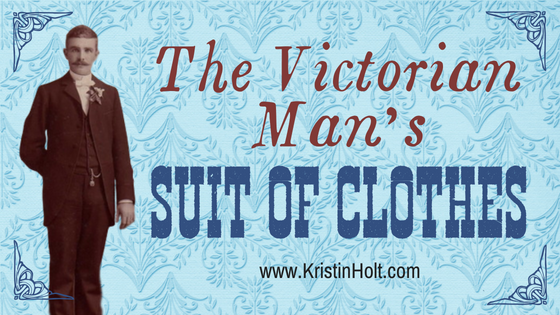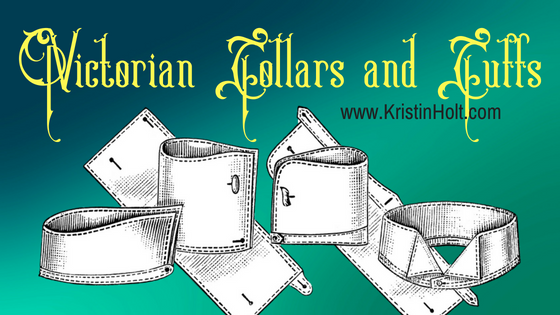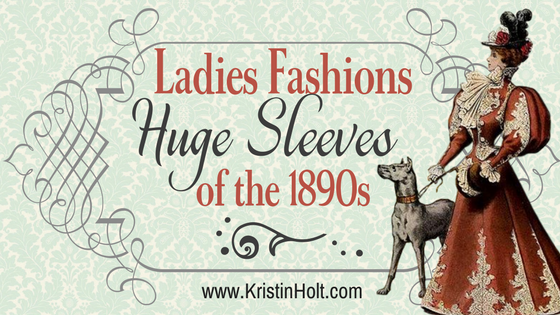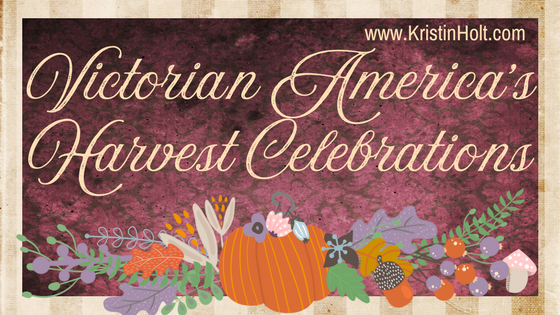
Victorian Coffee
We know coffee was an every-day commodity in the Victorian American West, but how much do you know about its availability, preparation methods, the era’s tried-and-true substitutions, and where it was purchased? Come see!

We know coffee was an every-day commodity in the Victorian American West, but how much do you know about its availability, preparation methods, the era’s tried-and-true substitutions, and where it was purchased? Come see!

A man’s proper suit of clothes was worn by gentlemen, bankers, clerks, professionals… virtually every man except those who labored manually (such as miners). Given men owned so few items of clothing, they certainly wore what they had, despite the demand. Levi Strauss developed the original “Levi’s 201’s” and “Levi’s 501’s”, built to last in the clothing-destroying mines. Compare and contrast the “suit of clothes” with Levi’s originals.

In Victorian men’s fashion, Collars and Cuffs were something altogether separate and different than a shirt. A whole different paradigm, given today’s men’s dress shirts are one solid piece, with the collar and cuffs attached. See vintage images of the styles and reasons why tailors (and factory producers) bothered to make the collars separate–and why some were made of PAPER rather than fabric.

19th Century Ladies Fashions included gigantic sleeves known by many names: Leg of Mutton, Marquise, Balloon, etc. Highly fashionable, women wore them to work at home, to “walk out”, to sit for photographs, and on their wedding days. Highly fashionable for a period of time in the 1890s (through the turn of the century), they’ve returned at least twice: mid 1980s and in 2016. A favorite? You decide.

Harvest Celebrations from the mid- to latter-half of the 19th century, as reported in newspapers in the United States, show the different types of “Harvest Customs” celebrated. Some customs and words were borrowed from various German immigrants, others were simple gatherings after the work of the harvest with time for thanksgiving and gratitude for adequate (or abundant) food to last until next harvest season.